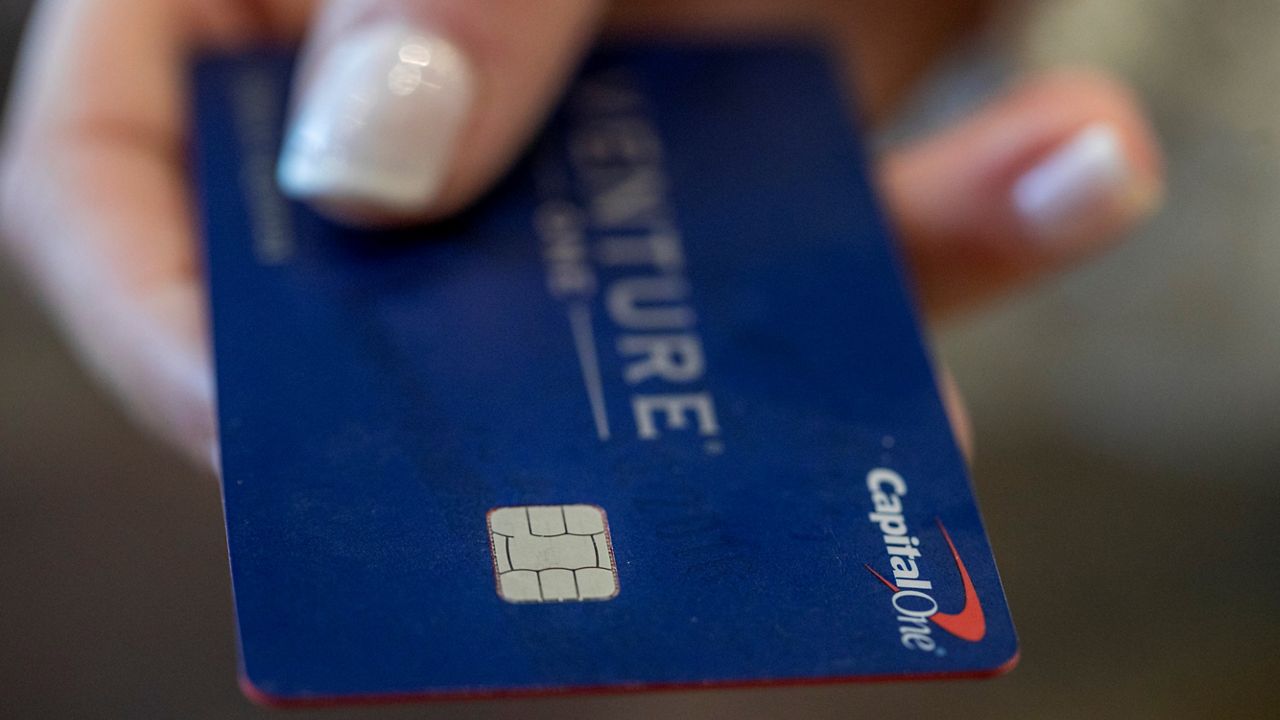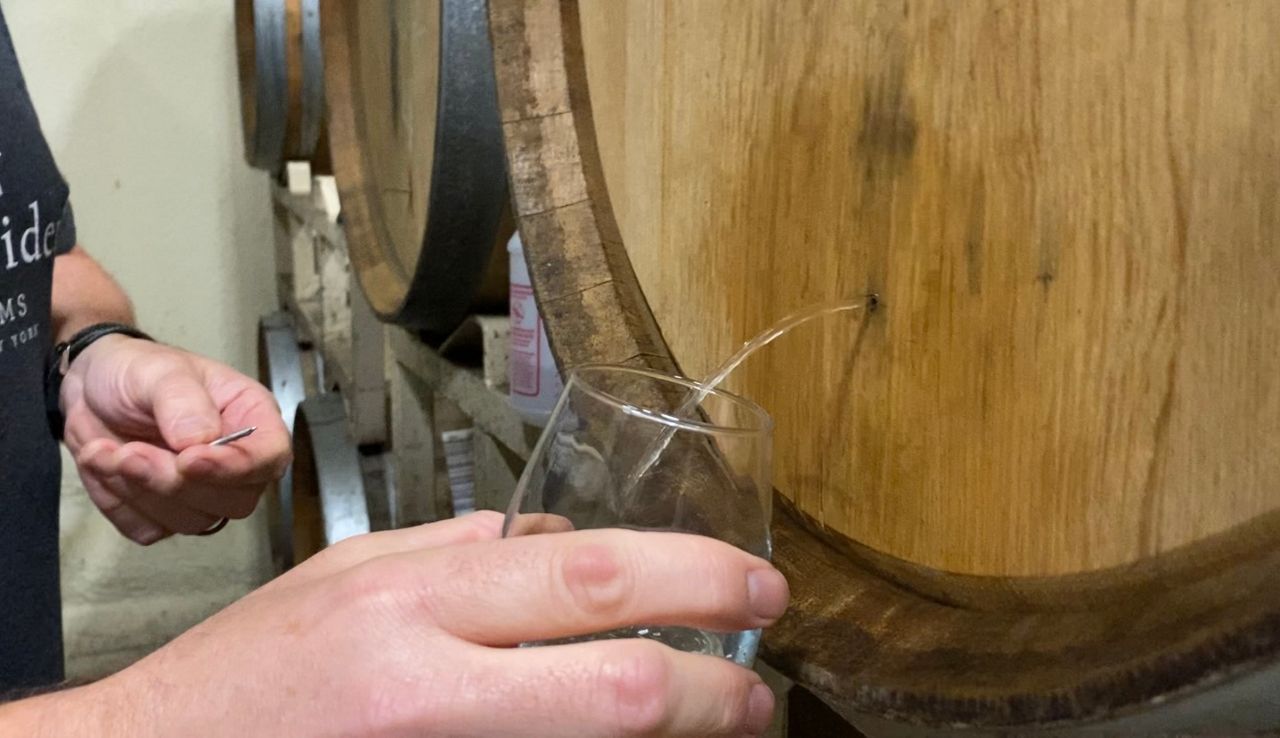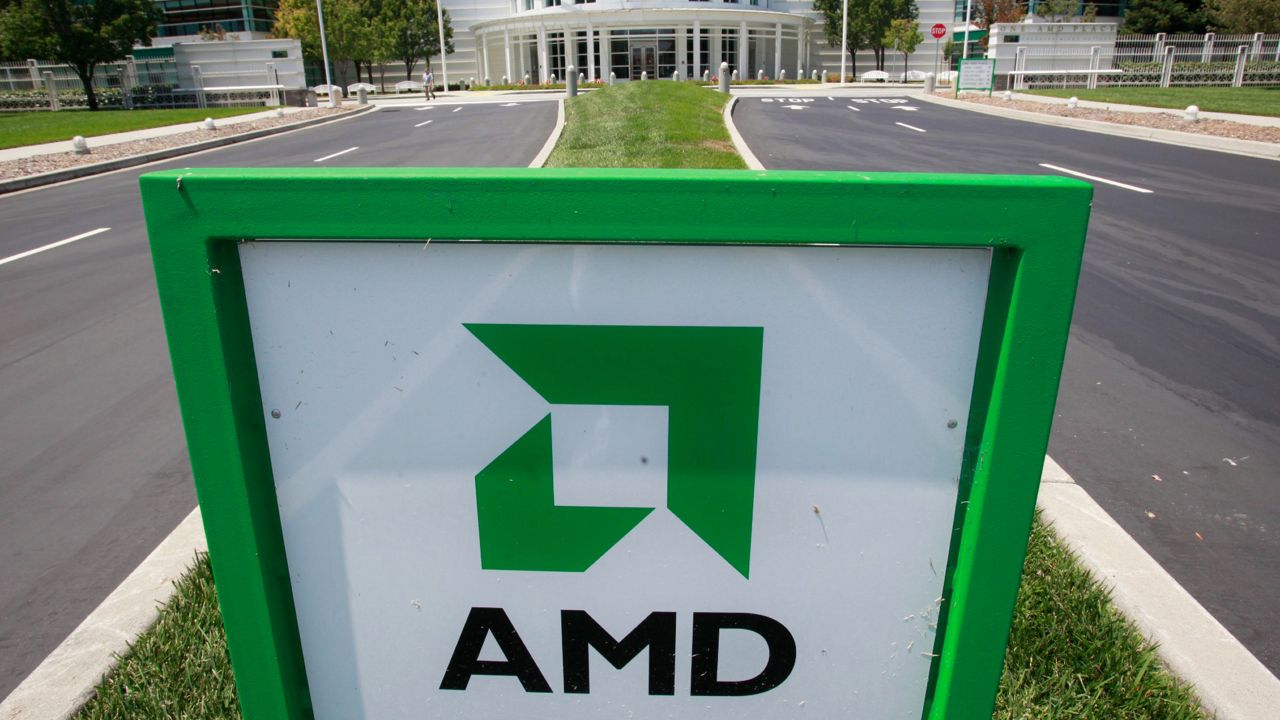Dominick Pendino serves customers meals at Fiddlestix Cafe. He finished his undergraduate studies a year and a half ago and has been working as a bartender and server since.
He says he makes good money, which comes from his base pay and the tips people give him for his service.
“For the most part, people are very nice. As long as you treat them with kindness, they usually reciprocate that with a good tip,” Pendino said.
While Pendino’s situation is a classic example of when to tip for service, these days, the dollars are in the details. Tipping culture in the U.S. has changed dramatically over the years.
According to Pew Research Center, about 72% of Americans said they’re expected to tip in more places than they were five years ago. Additionally, 34% said they don’t always know whether to tip, and 33% struggle with how much to tip for each service.
Thomas Farley, known as “Mister Manners,” is an etiquette expert for his company, “What Manners Most.” With screens asking how much you’d like to tip popping up almost everywhere, he said, the pressure to tip these days is reaching a tipping point.
“Consumers, I think rightfully so, are pushing back on this trend, which is known as ‘tipflation,’ and they're feeling resentful. They're feeling, ‘why am I tipping for absolutely everything?’ ” Farley said.
Farley said there are no set rules for where the tip money goes. That’s up to the establishment’s owner. He believes companies are using these tip screens to get people to work for them.
“No matter what that wage is, as an employer, to be able to say, ‘well, come work for me, and not only will you get X wage, but we pool and share tips, so your wage is actually this.’ That's an enticement,” Farley said.
Generally, if the customer is doing most or all the work, Farley said a tip isn’t necessary. For example, if a person is at the airport buying a water or getting their own grab-and-go food, and the cashier is just scanning a barcode, but the tip screen pops up, people shouldn’t feel pressured to do so.
“The idea that you should feel any sort of guilt to have to tip in those situations is incorrect,” Farley said.
A tip of roughly 20% is the widely expected standard for good service when eating out at a sit-down restaurant, getting your hair colored or being driven somewhere, even with ride-hailing apps.
While Pendino said most people leave him regular tips, the ones who give extra make things even out for the few who don’t tip.
“It definitely reflects the service that we give them a lot of times, and we try to always just do our best, and it's a good way for the customer to just say thank you,” Pendino said. “We can't make everyone happy as much as we'll try to, and we understand, you know, we understand completely.”
Farley said Canada is becoming more on par with tipping standards as America; however, if someone from another country visits the U.S. or an American travels outside of the U.S., it is expected that tourists follow what the country they are in does in regard to gratuity.









